Project Selection
The lecture aims to guide students on selecting the right project to ensure company success, avoiding failures seen in past unsuccessful projects like the Tower of Babylon and the Anglo-French Concorde. Learn about selection procedures, evaluation techniques, and the importance of aligning projects with organizational goals. Three main categories - strategic, analytical, and financial methods - will be explored for effective decision-making in project selection.
Download Presentation

Please find below an Image/Link to download the presentation.
The content on the website is provided AS IS for your information and personal use only. It may not be sold, licensed, or shared on other websites without obtaining consent from the author.If you encounter any issues during the download, it is possible that the publisher has removed the file from their server.
You are allowed to download the files provided on this website for personal or commercial use, subject to the condition that they are used lawfully. All files are the property of their respective owners.
The content on the website is provided AS IS for your information and personal use only. It may not be sold, licensed, or shared on other websites without obtaining consent from the author.
E N D
Presentation Transcript
Project Selection Goal: The aim of the lecture is to provide students with an understanding of the basic techniques that could be used in order to select the right project. "Managers do things right while leaders do the right thing." (Warren Bennis, 1989) Bennis, W. (1989). "On Becoming A Leader". Reading, Massachusetts: Perseus Books
Project Selection The selection of the right project for future investment is crucial for long-term survival of the company. The selection of the wrong project may well precipitate project failure.
Unsuccessful Projects Many projects failed or were too expensive: Tower of Babylon Titanic Soviet project of irrigation rivers Amu-Darya and Syr-Darya were diverted and the result is that Aral Sea is shallow and has a high salt content Russian Space Shuttle Anglo-French Concorde (problem of e , limited capacity, huge consumption. manufactured only 20 airplanes, 25 years of operation, tragic accident in 2000) Competition Boeing 2707 never made it to the sky, TU 144 (55 flights only, two accidents)
Unsuccessful Projects Many projects failed or were too expensive: Opera in Sydney (plan: open in 1963 7 mil AUD; reality: 1973 102 mil AUD) Scottish Parliament building in Edinburgh (1997 plan 40 million - completed in 2004 at the cost of 431 million) EXPO 92 in Seville, Spain vs. EXPO 98 in Lisbon, Portugal Numerous attempts to utilise Japanese management techniques in America (or Czech attempts to utilise US approaches) Czech nuclear power station in Temel n (original plan: 4 blocks for 40 billion CZK; reality: 2 blocks for more than 100 billion CZK)
Selection Procedure? The proper selection procedure should: Ensure the project will meet company goals and objectives Determine the financial feasibility of the project Rank mutually exclusive projects competing for limited resources (shall we buy a new machine or to repair/modernise the old one; which machine shall we buy if there are different initial costs, production rates, maintenance costs and life spans?)
Selection Procedure? There are various techniques that might be used to evaluate projects in order to facilitate the relevant decision-making processes. Three main cathegories: Strategic approach Analytical approach Financial methods
Word of warning Whichever technique is to be utilised it should be used wisely! We must be aware of their limitations and weaknesses The results are as accurate as the data they are based on The results of their utilisation is not the decision itself the decision has to be made by the responsible manager or board
Strategic approach Strategic approach to project selection tend to be less technical than other methods frequently used in real business should be used in combination with other approaches in order to make sure what are the economic, technical, tactical etc. implications of the project
Strategic approach Examples of strategic approach: technical importance the project is a prerequisite for a crucial follow-on activity the returns might be negligible or even negative ones, but without implementation of this project we cannot move forward with something bigger or desired new engine is needed for a new space shuttle business objectives it is directly related to one or more business objectives e.g. to establish ourselves on a particular market
Strategic approach Examples of strategic approach: competitive advantage there is an opportunity to gain a significant advantage over our competitors by implementing this project new patent will allow us to play a crucial role on our particular market, it is likely to become a standard etc. implementation of ISO standard will bring a new customer research and development treating a project as an research and development indicates that we are aware of the fact that it may fail but it holds sufficient strategic promise to justify the investment we hope that one of many such projects will eventually come through and provide enough returns to cover all the failures
Strategic approach The advantages of strategic approach: less technical direct link to the goal of the company, state etc. The disadvantages of strategic approach: possibility of overlooking the economic impact of the project focusing entirely on strategic impact there is a possibility of overlooking the tactical impact of the project
Strategic approach Task Could you give some examples of decisions that were made using strategic approach?
Analytical approach Analytical approach These models use multiple criteria to evaluate the project It is usually based on various scoring models Their big advantage is that they do not look at financial elements of the project only
Analytical approach Example - Shall I change my job? Current Job New Job Advantages I like the job I can easily build up on my previous achievements Two months of holidays a year Very good team of colleagues Very influential position More responsibility Higher salary Disadvantages No further promotion within next five years The new and rather unfriendly environment I have to move to Prague
Analytical approach Example - Which university to choose? Criteria University A University B University C Ranked within top 10 in our country Regarded as prestigious one Compulsory entrance examination Attractive branch of study Well-known professors International co-operation Opportunity to travel abroad Affordable fees Research facilities Dormitories Sport facilities Social life 1 1 1 1 1 1 1 1 1 1 1 1 1 1 1 1 1 1 1 1 9 1 1 1 1 1 8 TOTAL 8
Analytical approach Example - Which university to choose? Should it be as simple as we have just seen? Is Social life as important as Affordable fee or quality of the particular university? It is clear that a better tool is needed Weighted approach two ways: factor significance (5 = highest priority, 1 = minimum priority) level of fulfilment of the individual feature (for example, research at A is evaluated by 3,5 points, at B it is 4,3 etc.)
Analytical approach Example - Which university to choose? Criteria University A University B University C Ranked within top 10 in our country Regarded as prestigious one Compulsory entrance examination Attractive branch of study Well-known professors International co-operation Opportunity to travel abroad Affordable fees Research facilities Dormitories Sport facilities Social life 5 4 2 1 5 1 0 5 1 2 5 4 3 2 4 2 4 2 0 1 TOTAL
Analytical approach Example - Which university to choose? Criteria Weight W-A W-B W-C A B C Ranked within top 10 in our country Regarded as prestigious one Compulsory entrance examination Attractive branch of study Well-known professors International co-operation Opportunity to travel abroad Affordable fees Research facilities Dormitories Sport facilities Social life 10 8 7 4 2 5 4 2 1 0 50 32 14 4 0 0 4 2 0 1 0 32 14 0 2 5 1 2 3 2 50 8 14 12 4 TOTAL
Analytical approach The advantages of scoring models: use multiple selection criteria simple structure and easy to use selection factors can be well structured by responsible person easy to change factors weighted scoring reflects the factor s different importance they are not biased towards short-term projects favoured by financial models very low weighted factors with minor influence can be easily reduced from the list in order to make the list more comprehensible
Analytical approach The disadvantages of scoring models: if the factors are not weighted they will all assume equal importance a simple model may encourage the development of long lists which could introduce trivial factors Task Create your own scoring table for a particular decision.
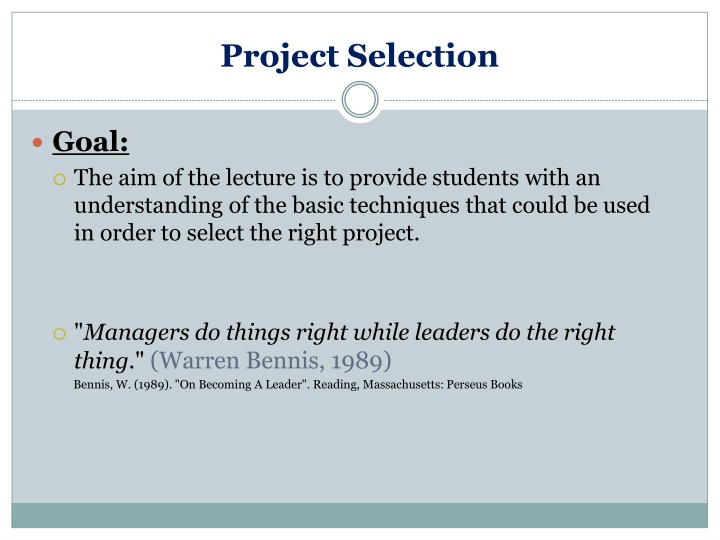

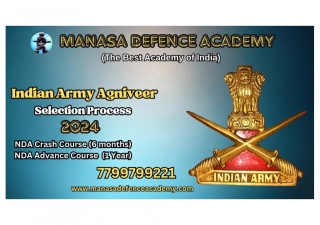
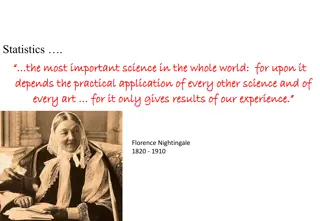

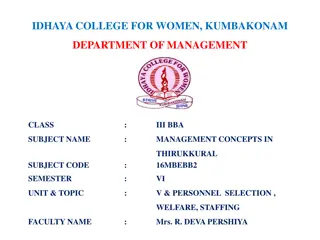



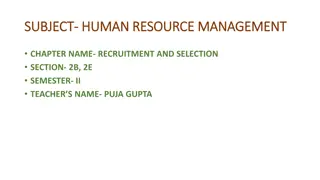

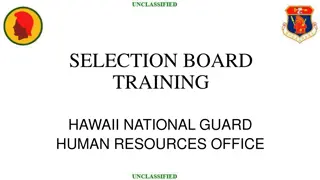



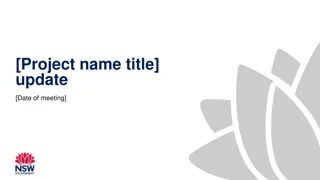
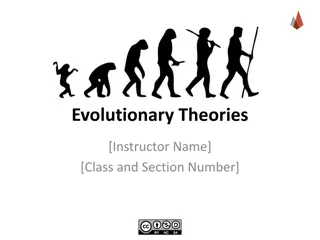
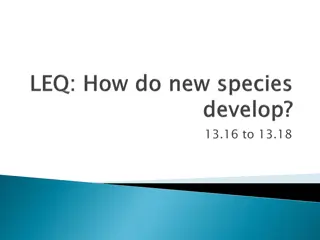
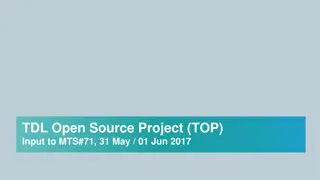

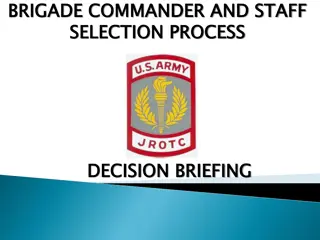

![Project Initiation Document for [Insert.Project.name] [Insert.Project.number]](/thumb/226757/project-initiation-document-for-insert-project-name-insert-project-number.jpg)
